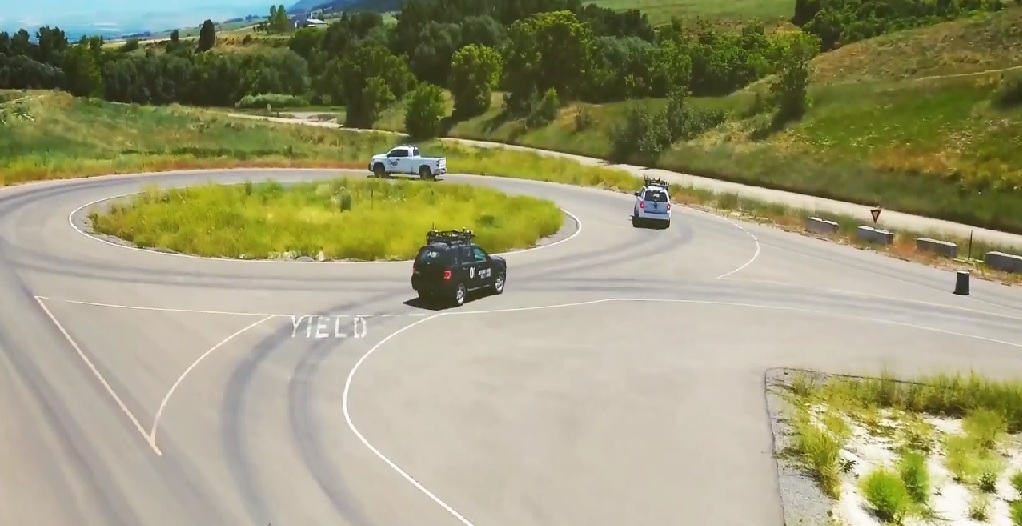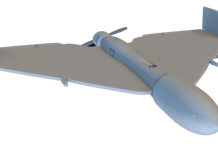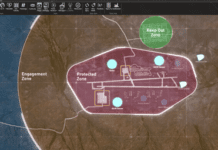This post is also available in:
 עברית (Hebrew)
עברית (Hebrew)
The application of autonomous vehicles has grown dramatically in recent years. Two major functions of autonomous vehicles are positioning and path planning. An indoor positioning system (IPS) is a system used to locate objects or people inside a building using lights, radio waves, magnetic fields, acoustic signals, or other sensory information. Historically, indoor positioning has relied on infrastructure installations such as magnets or wires in the floor or laser reflectors around a perimeter. These methods only allow travel on installed routes or only work if there’s nothing blocking a vehicle’s line of sight to the reflectors.
However, many new robotics technologies, vehicles, and applications have been waiting for a good positioning system that works without access to traditional satellite navigation systems and is free from the constraints imposed by indoor positioning infrastructure.
A new GPS-denied navigation solution designed for vehicle positioning presents an alternative tool for cases where satellite-based navigation is not an option, such as near buildings, under trees, near radio interference, and indoors.
The technology has been developed by Autonomous Solutions (ASI) which expertizes in practical vehicle autonomy. The GPS-denied navigation technology has been developed and tested in operational real-world facilities, according to roboticstomorrow.com.
Use cases reflect the dual use character of the technology which offers solutions for commercial and security challenges:
The routes followed by security robots often include going into and out of buildings.
Autonomous floor-cleaning robots operate in a retail shopping environment where shelving remains the same, but smaller displays may be moved around, and in stockroom or warehouse areas.
Material handling in a constantly changing package handling facility poses a particularly difficult problem; the system has been designed to handle constantly changing environments, providing flexibility and ease of deployment.
The system has also been tested in underground mining, where the automation technologies deployed in surface mines need only an alternative positioning system to make them feasible underground.
The company develops and manufactures unmanned vehicle systems, software, and components that are technology agnostic. Its robotic building blocks platform can be leveraged in a variety of industries including agriculture, automotive, mining, military, security, and industrial applications.
The company’s Mobius software allows for command and control of a fleet of vehicles in addition to ease of use, industry specific task planning, and vehicle diagnostics.


























